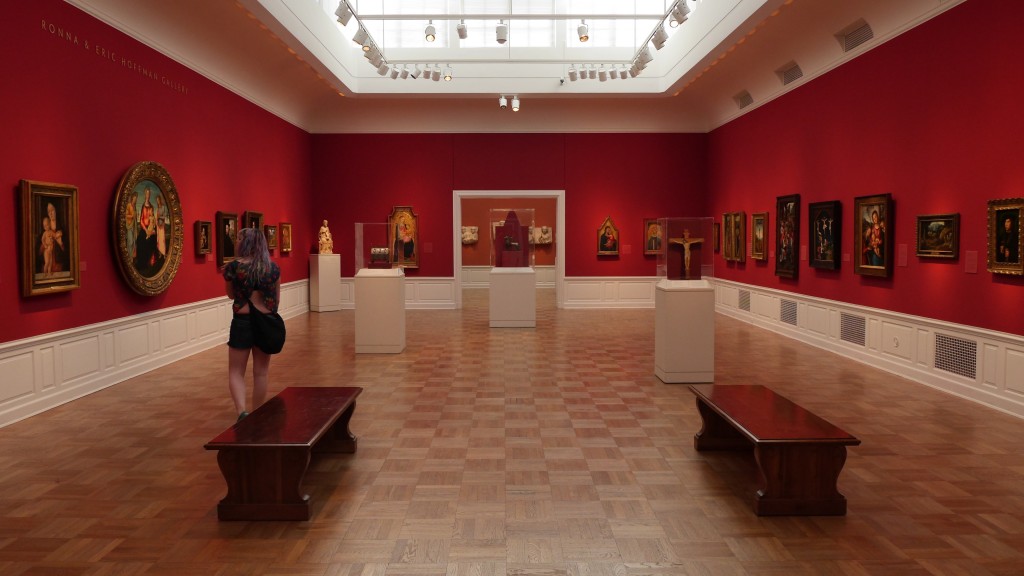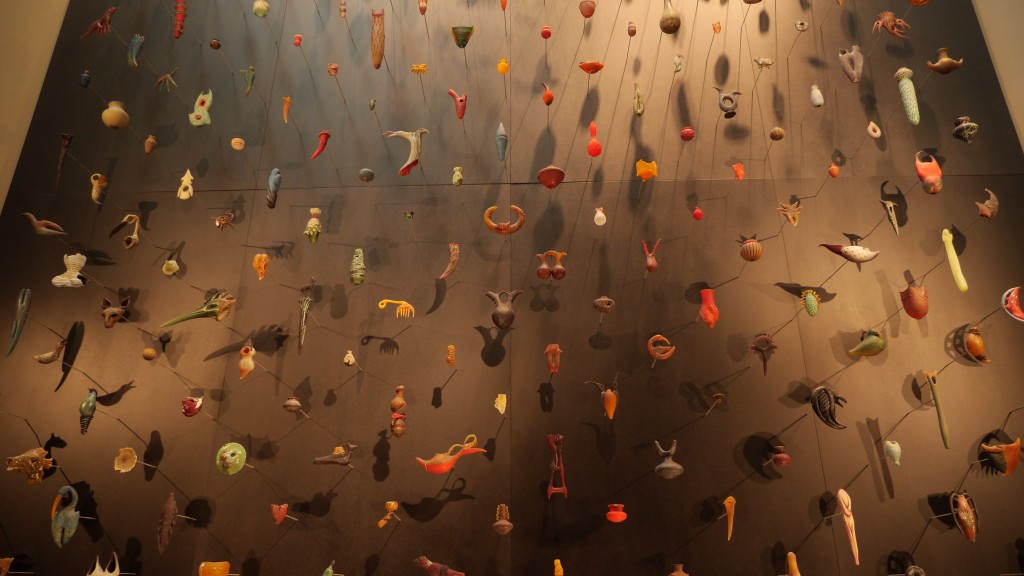I read three books this quarter, all dealing with a different aspect of film production.
My first book was Film School: The True Story of a Midwestern Family Man Who Went to the World’s Most Famous Film School, Fell Flat on His Face, Had a Stroke, and Sold a Television Series to CBS by Steve Boman. Long title explains it all pretty much. Even though this was easily the most entertaining book to read, it probably helped me the least out of my three. His writing style is superb, easy to pick up on and I honestly laughed out loud a few times — however despite the fact that Boman was doing basically the same thing as I, he is being instructed. I’m doing everything from the very start, albeit with a little experience/initial teachings under my belt, all by myself. I’m not even in a photography-centric program let alone a film one. I feel less pressure to adhere to the standard way of conceptualizing and constructing my movie just because I knew there wouldn’t be anyone other than a classmate or two there to critically judge my piece as I would like it to be. Boman’s story genuinely is miraculous and at times is hard to believe but if you’re interested in attending film school at all – it will definitely give you a candid view at the inner workings of such a prestigious institution.
My second book was Stealing Fire from the Gods by James Bonnet. This book dealt primarily on story and how to meditate deeply on your varying elements to help set them in concrete. Bonnet’s big thing is making sure that your story makes sense on a deeper level — helping to create and cement meaning among the various story elements. Now, I’ve taken a few classes in the past that did teach me how to create stories of any type… I’ve just had very little actual practice/experience. I used to love writing stories as a kid, but I hated finishing one. I never knew where to take it, so I usually just stopped writing it and moved onto the next story. I’ve got lots of great ideas, but no full stories that I could just straight up implement. So, with this all in mind, imagine reading this book trying to find the places where it helps you to create a story in the first place — then it just not being there. You’re left with all the instructions for the process after the initial creative push. It does talk at length about the importance of story and where it came from and why, but it seems to get too in depth too quickly. I picked up this book as a severely novice writer and am still very novice. I have better ideas for next time, because unfortunately I read this book a little too late for it to inform the beginning of my process — yet it did help me change around the ending of my film to make it more effective and less confusing. This was also a great read, but I completely messed up by not reading it first.
My third and final book was more of a technical handbook of sorts — Reflections: Twenty-One Cinematographers At Work by Benjamin Bergery. Based solely on cinematography and the work of a few famous artists of the field, this book is literally like a handguide to shooting film. It talks a lot about lighting setups for specific layouts, camera angles, multicam setups, camera movements and so much more… It provides a bunch of diagrams and a lot of reference pictures so you can easily visualize what they are talking about. Even though I probably found this the most helpful/interesting book I read, I still didn’t use much of what was taught to me in the book. I wanted to incorporate a few of the movements and camera angles, they just wouldn’t work or would take way too long to get good at. I would literally need 2 or 3 quarters to film if I was legitimately trying to perfect the camera movements I want to use… sucks but I learned that the ultra hard way this quarter!
All in all, I read three pretty fantastic books, none of which informed my project a great deal but I really did enjoy each and every one.



